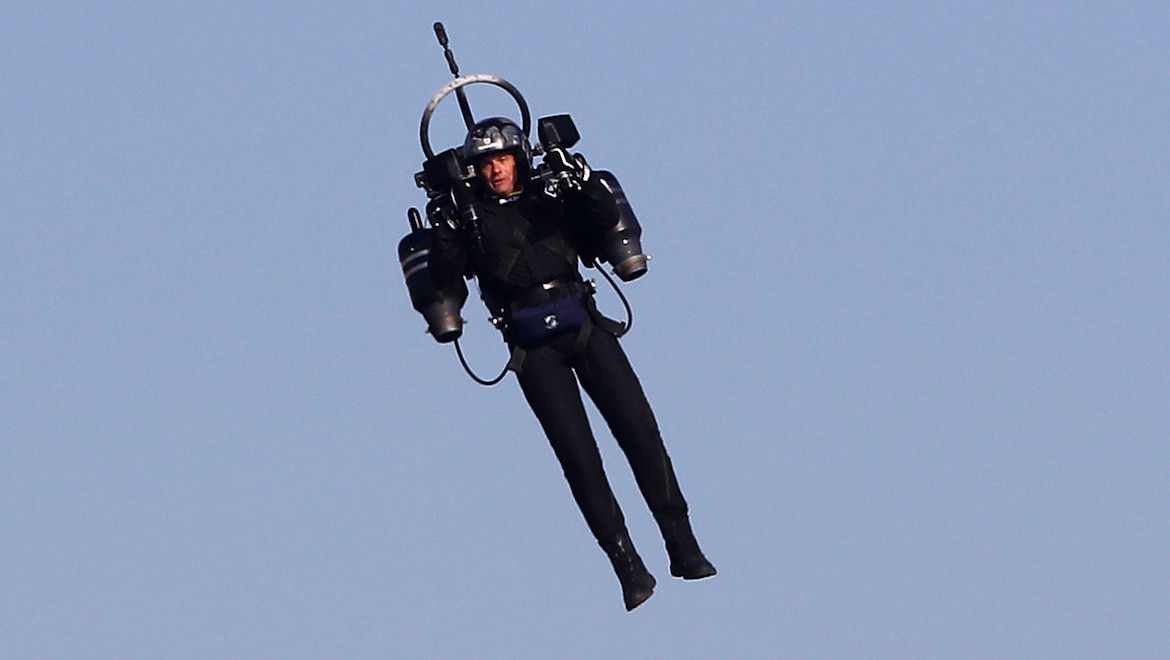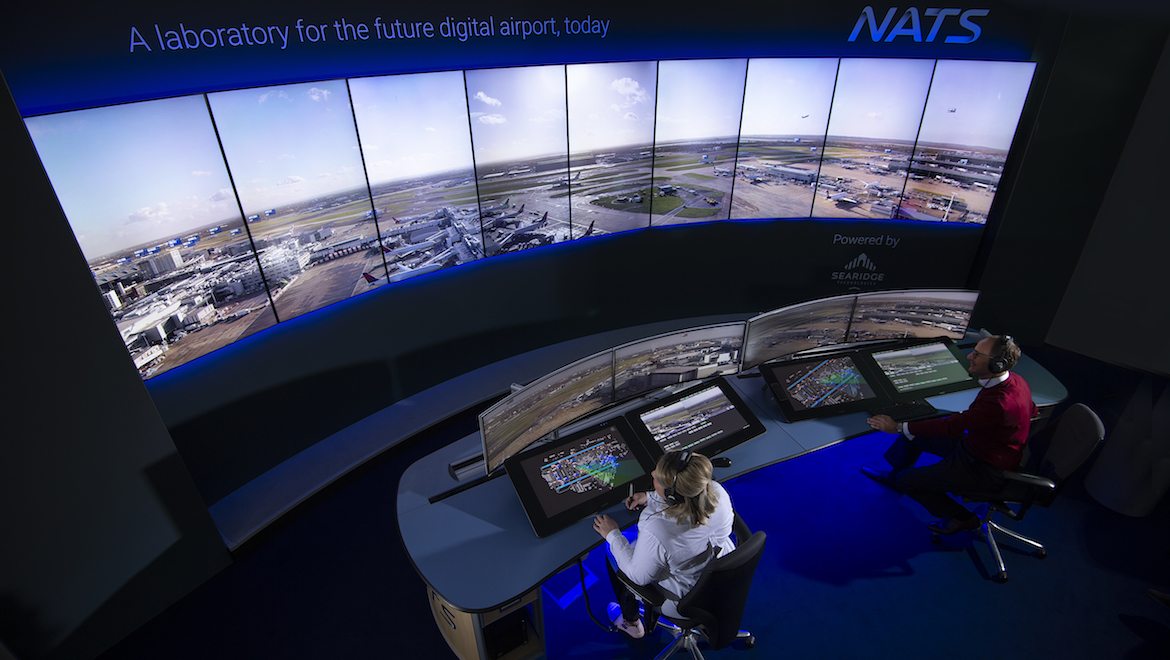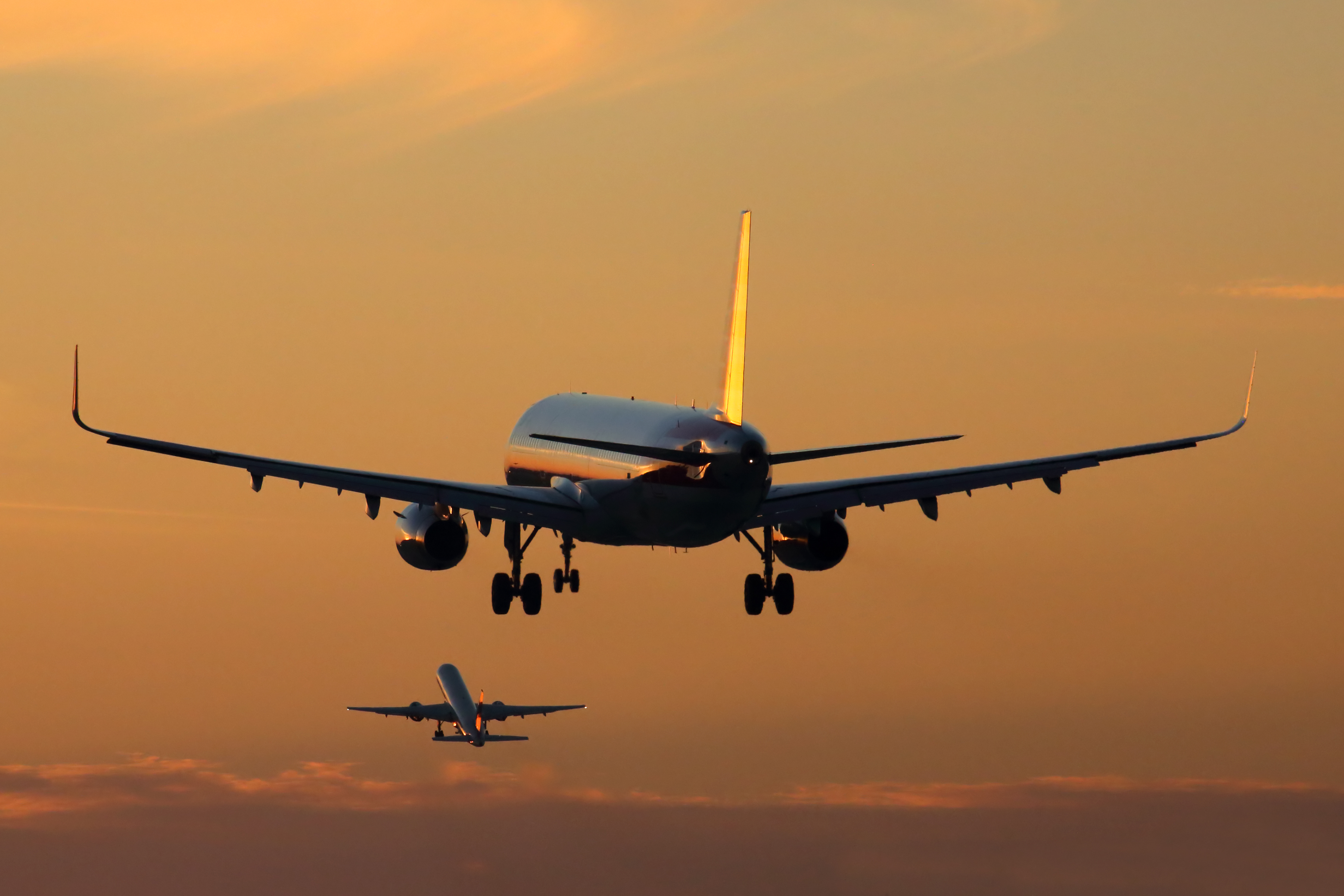
Airservices and Emirates have partnered to conduct a demonstration flight through Australian airspace showing how improved air traffic management can reduce the impact of aviation on the environment.
Emirates 777-300ER operating EK434 from Dubai to Brisbane on September 1 was part of the Indian Ocean Strategic Partnership to Reduce Emissions (INSPIRE) program. The program aims to yield substantial savings in fuel consumption and carbon dioxide emissions.
Results based on 100 similar flights conducted under the INSPIRE program so far indicate a fuel saving of 740kg and 2.3 tonnes of CO2 per flight.
Airservices’ acting executive general manager air traffic control Greg Hood said Airservices is cooperating with other air navigation service providers and airports in the region to demonstrate the efficiencies that can be achieved by initiating less air traffic navigation constraints as far as is practicable.
The Emirates flight used a company-preferred route across the Indian Ocean and through Australian domestic airspace. On arrival the flight conducted a Continuous Descent Approach via a Smart Tracking to the runway at Brisbane Airport.
Smart Tracking enables suitably equipped aircraft to glide to the runway under minimal power avoiding long, straight-in approaches. This offers significant environmental benefits, including the reduction of carbon emissions by reducing the amount of fuel used by aircraft.
Captain Alan Stealey, Emirates’ head of flight operations, said that way aircraft are operated in the air makes a big difference to their environmental impact.
“We’ve invested in one of the best flight planning systems available. Working together with Airservices, we use flexible air traffic routes optimised for weather, saving time, fuel and emissions,” said Stealey.
The Emirates flight then departed for Auckland to highlight the benefits of the Asia and South Pacific Initiative to Reduce Emissions (ASPIRE), of which Emirates is the most recent member.
“ASPIRE demonstrates that when several efficient air traffic procedures are integrated and applied to a single flight, we see the potential for reductions in delays, fuel usage and emissions. These procedures will become a new standard for air traffic services,” Hood said.
Captain Stealey added that this operational flying technique was just one of many innovations that Emirates is currently exploring in the quest to reduce carbon emissions.
“Other measures we’ve taken on as standard include using a single engine to taxi where possible, potentially saving 430,000 litres of fuel annually for every one minute of single-engine taxiing per aircraft movement, as well as saving fuel while parked at the gate by using fixed power supplies where possible.” Studies have shown that fixed electrical power units can reduce the amount of fuel burn used on ground power by up to 85 per cent.”












